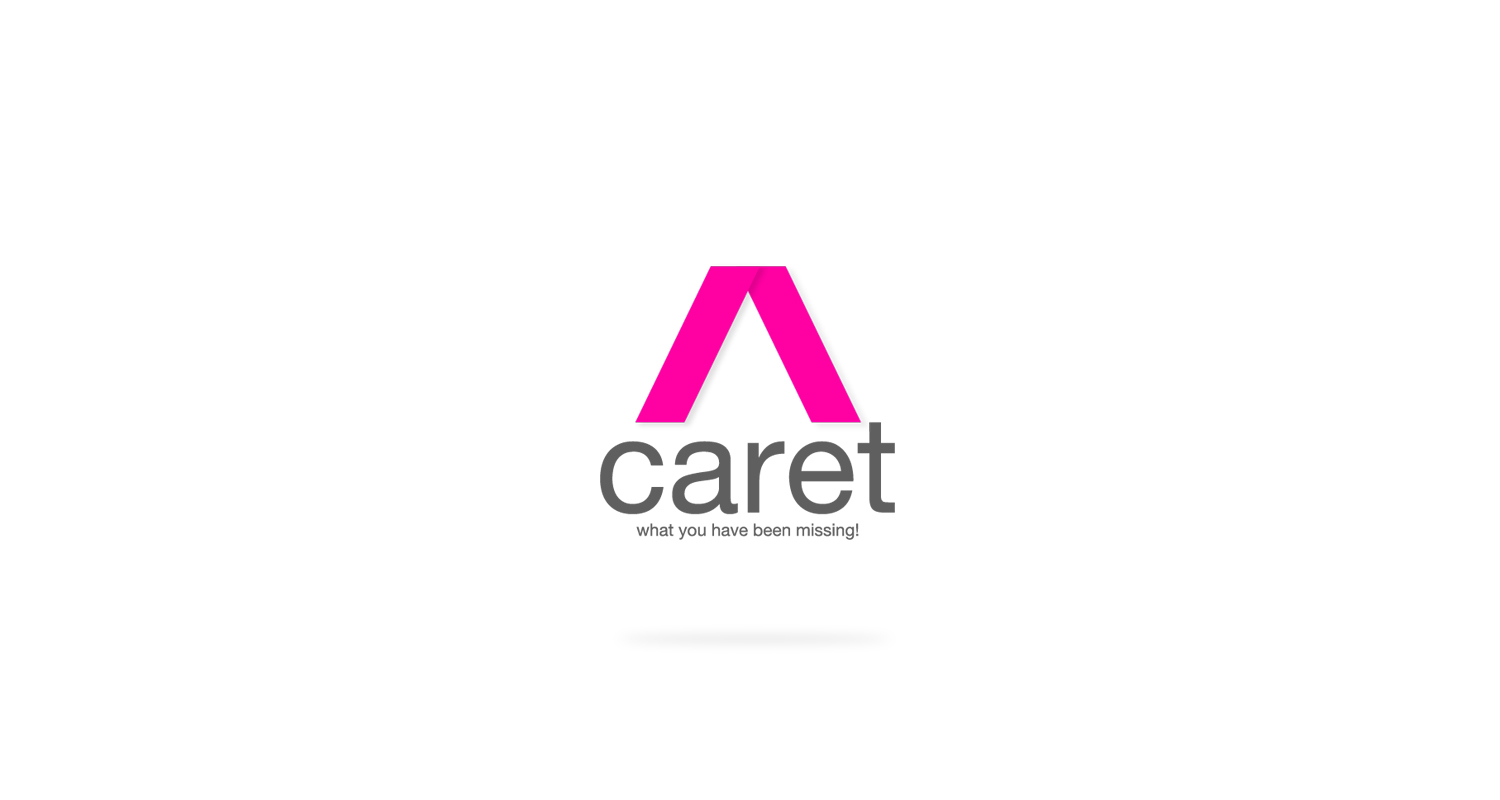

This allows you to push existing notes ahead at the same time as inputting new notes at their previous positions. In Insert mode, you can input notes before existing notes without overriding them. For example, if you want to input notes onto both piano staves or input the same dynamics for multiple instruments. You can input notes and notations onto multiple staves simultaneously, including automatically exploding the notes in chords that you play on a MIDI keyboard onto the appropriate staves. Inputting notes and notations onto multiple staves.You can input notes directly into other voices during note input, and switch between voices as required. You can input notes with up to four rhythm dots.īy default, notes are input into the first up-stem voice, as indicated by the symbol of an up-stem quarter note beside the caret. The Dotted Notes tool allows you to input notes with rhythm dots and add rhythm dots to existing notes. You can select different durations for notes/rests either from the Notes panel or by using one of the assigned key commands, both during note input and for existing notes/rests. You can input notes with a computer keyboard, with the mouse, or by playing notes with a MIDI keyboard. You can input notes into your project during note input, which is when the caret is activated. For example, the caret does not move automatically when inputting chords. The caret moves automatically as you input notes, but you can also move it manually. This allows you to input notes and notations onto multiple staves simultaneously, including automatically exploding the notes in chords that you play on a MIDI keyboard onto the appropriate staves. You can extend the caret so it spans multiple staves. However, it does not control the duration of notes and items that you input. The rhythmic grid is a unit of rhythmic duration whose value affects certain aspects of inputting and editing, such as the amount by which items move.
#Html caret pro#
The Note Input Options dialog provides multiple options that allow you to determine how Dorico Pro interprets the data and MIDI you input by default.ĭorico Pro distinguishes the processes for inputting and editing music.

The Notation Options dialog provides multiple options that allow you to make changes that affect the way music is notated for each flow by default. It provides toolboxes and panels with the tools and functions required to write your music. The project window in Write mode contains the default toolbar, the music area, and the status bar. You can also determine how they interact with each other, for example, by changing the players assigned to layouts. Setup mode allows you to set up the fundamental elements of the project: instruments and the players that hold them, flows, layouts, and videos. In addition to opening and importing/exporting projects and other file formats, project and file handling also includes auto-save and project backups. The user interface of Dorico Pro is designed to be as unobtrusive as possible while keeping all of the important tools at your fingertips. This chapter helps you to get started with Dorico Pro.ĭorico is based on a number of key concepts that come from its design philosophy. When the caret is deactivated, you cannot input notes, instead you can select and edit items in the music area. When the caret is activated, you can input notes and notations at the caret position, for example, if you want to input a dynamic in the middle of a tie chain. It shows the rhythmic position at which notes, chords, or notation items are input. In Dorico Pro, the caret is a vertical line that extends above and below five-line staves but appears shorter on percussion staves and tablature. This allows you to input notations at the caret position at the same time as inputting notes, and also reduces the risk of you adding notes to staves accidentally. In Dorico Pro, you can only input notes during note input, which is when the caret is activated. The available toolboxes and panels allow you to input all the notes and notation items that are most commonly used. Write mode allows you to input and edit your music, including changing the rhythmic positions of items, changing the pitch of notes, and deleting notes and items.


 0 kommentar(er)
0 kommentar(er)
